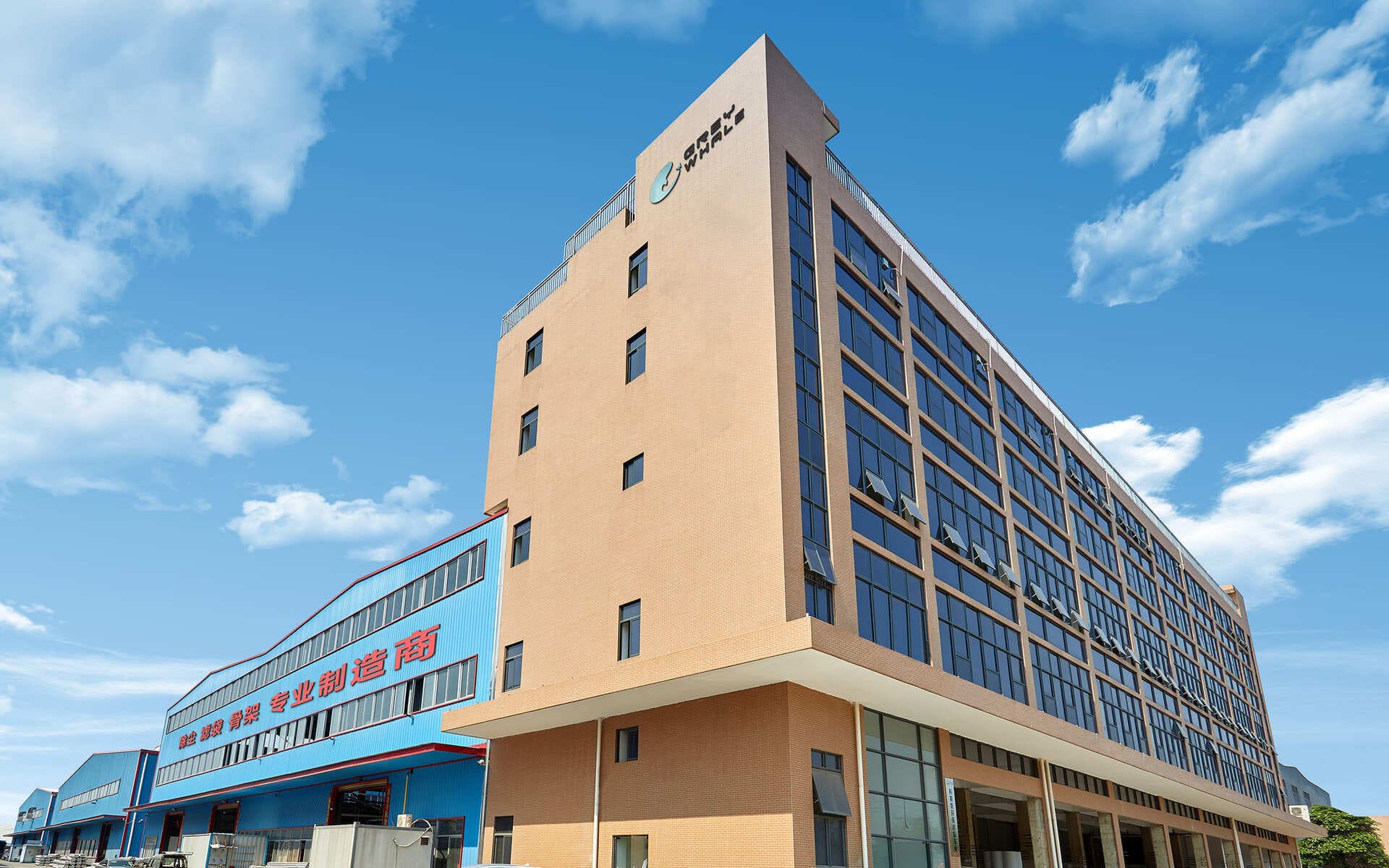There are different working conditions in different processes of iron and steel enterprises, so there are also differences in the selection of filter materials.
Coking: The temperature of coking flue gas is about 90°C, and the instantaneous temperature can reach 130°C. The flue gas contains sulfur and less moisture. According to the differences in various process locations, the performance requirements for dust collector filter bags are also different. For example, dust removal at the coke blocking stage requires anti-static and flame retardant properties. Dust removal at the coke platform and dry quenching stage requires anti-static properties. Dust removal at the coke screening stage requires waterproof, oil-proof, and anti-static properties.
After years of application, it has been proved that using PTFE-coated polyester needle-punched felt as the dust collector filter bag can meet the requirements for flue gas capture in terms of performance. At the same time, the particulate matter emission concentration is basically controlled at 10mg/m3 to 20mg/m3, which can meet the new emission standards and special emission limits.
Sintering: The sintering machine head flue gas is generally equipped with dry, semi-dry, and wet desulfurization systems after electrostatic precipitation. Among them, bag filters are required after the semi-dry desulfurization system. According to the sintering machine head flue gas temperature (about 90°C) and composition (a small amount of SO2, NOX, and dust) after desulfurization, using PTFE-coated polyester needle-punched felt as the dust collector filter bag for bag filtration can effectively ensure compliance with emission standards.
For the sintering machine tail, flux, batching, and sizing dust removal, electrostatic precipitation is currently used for flue gas capture. In order to meet the requirement of the special emission limit of 20mg/m3, electrostatic precipitation can be changed to bag filtration. According to the analysis of the bag filtration emission concentration for sintering fuel use, using PTFE-coated polyester needle-punched felt as the dust collector filter bag can keep the emission concentration at about 10mg/m3.
Blast furnace ironmaking: According to the characteristics of blast furnace flue gas, all blast furnace flue gas environmental dust removal uses PTFE-coated polyester needle-punched felt that is waterproof and oil-proof as the dust collector filter bag. The particulate matter emission concentration can basically be controlled within 10mg/m3, which can meet the requirements of the country’s new special emission limits for air pollutants.
The main components of blast furnace gas are CO, CO2, N2, H2, and CH4. Among them, the combustible component CO accounts for about 25%. At present, dry dust removal is used to purify it. Due to its continuous operation and flue gas temperature reaching above 200°C, high-temperature-resistant glass fiber or P84 (polyimide) must be used as the filter material. However, through practical application, glass fiber filter material is easy to break and has a short service life, unable to ensure filtration accuracy for a long time. By using PTFE-coated P84 (imported from Austria) needle-punched filter material, the service life can reach up to 3 years under normal conditions, and the particulate matter emission concentration is stably controlled at about 3mg/m3, which can completely meet the production needs.
Electric furnace: At present, electric furnace dust removal adopts a three-level capture method of four holes, doghouse, and roof hood, which reasonably mixes high-temperature flue gas and normal-temperature flue gas, effectively reducing the inlet flue gas temperature of the dust collector. However, considering unexpected situations where the flue gas temperature may instantaneously reach above 200°C, using PTFE-coated Metamax filter material can not only reduce operating costs but also effectively capture flue gas and achieve efficient filtration, ensuring that the particulate matter emission concentration is controlled below 10mg/m3. Of course, in actual field applications, there is a situation where due to space limitations, the pipeline between the capture hood opening and the dust collector inlet is short, and high-temperature flue gas will enter the dust collector in a short time, resulting in a large number of burned dust removal filter bags. At this time, using glass fiber filter material for the dust collector can effectively prevent such accidents.
Converter: The secondary flue gas of the converter is within the normal temperature range. Using PTFE-coated polyester needle-punched felt as the dust collector filter bag can keep the emission concentration at about 10mg/m3, which can meet the new particulate matter emission concentration requirements.
AOD: The AOD refining process is a reduction reaction process. If the method of independent capture of furnace flue gas and roof hood flue gas is adopted, due to the high temperature and alkalinity of the furnace flue gas and the existence of water leakage in the water-cooled flue, the filter material used must have waterproof and alkali-resistant characteristics. PTFE-coated Metamax filter material can be used, which is not only waterproof but also has alkali resistance and high temperature resistance. For roof hood dust removal, using PTFE-coated polyester needle-punched felt as the dust collector filter bag can meet the capture and emission requirements. If the method of mixing furnace flue gas and roof flue gas and then entering one dust collector for capture is adopted, due to the mixing effect of normal temperature flue gas from the roof, the inlet flue gas temperature of the dust collector can meet the normal temperature requirements. Therefore, using PTFE-coated polyester needle-punched felt as the dust collector filter bag is sufficient.

